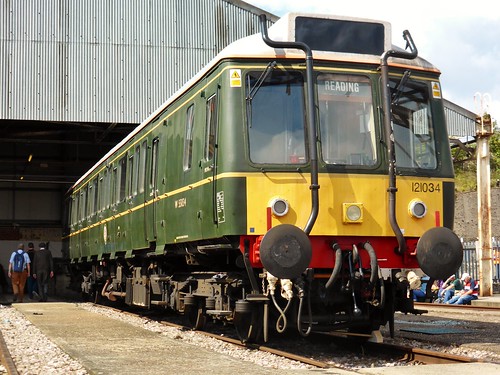Old Oak Common: TfL Elizabeth line funding push amid reports Sunak could abandon HS2 Euston terminal
Old Oak Common #OldOakCommon

Passengers using Old Oak Common will be able to connect with high-speed services to the midlands, Scotland and the north, and the Elizabeth line into London and Heathrow. Credit: HS2.
Transport for London (TfL) is continuing to push for support to ensure an effective Elizabeth line service from Old Oak Common amid rumours the station will replace Euston as the permanent terminus for HS2 in the capital.
The Times has reported that, as well as scrapping the HS2 leg linking Birmingham and Manchester with the north-east, prime minister Rishi Sunak is considering culling the section due to connect Old Oak Common and Euston.
Mooted to save roughly £4.8 billion, the move would require passengers to change to the Elizabeth line to complete the journey into central London. Old Oak Common is situated around six miles west of Euston, between Acton and Willesden Junction.
An estimated 250,000 passengers are expected to travel through Old Oak Common every day once it has opened. Credit: HS2.
Concerns have previously been raised about whether the Elizabeth line can effectively service Old Oak Common without further funding while the Euston leg of HS2 is being completed, with the latter already delayed due to the project’s rocketing costs.
When asked whether Mr Sunak intends to cull the Old Oak Common to Euston connection, a government spokesperson said they would not comment on speculation but that the HS2 project is “well under way, and our focus remains on delivering it”.
A TfL spokesperson confirmed they cannot comment on rumours, though they did say the transport authority’s position remains the same as was outlined in its board report from June.
In it, TfL commissioner Andy Lord wrote: “Given the likelihood of a prolonged period with Old Oak Common being a temporary terminus for HS2 services, colleagues and DfT [Department for Transport] officers are working closely together on this issue and have endorsed the strategic case to procure additional class 345 Elizabeth line trains.
The proposed Bakerloo line extension. (Picture by TfL)
“This would give us the flexibility to increase service levels in future to optimise the delivery of HS2 and support UK manufacturing in Derby.
“We continue to work with DfT to confirm financial support. In addition, we want to ensure that all journeys are catered for by offering level boarding at Old Oak Common Elizabeth line station, which is not currently part of the station design. I am personally pushing the DfT for this commitment.”
Story continues
Developing an effective Elizabeth line service transporting passengers from Old Oak Common into central London was one of several projects identified by TfL earlier this year as at-risk without long-term government funding.
Another was the extension of the Bakerloo line, which would take it beyond its current Elephant and Castle terminus into Lewisham.
In TfL’s budget release published in March, the authority wrote that projects such as the Bakerloo line extension and Crossrail 2 “were stopped at the onset of the pandemic, and restarting this work would provide a further vote of confidence and ensure that these critical projects that can progress within the next decade, which would enable hundreds of thousands of new homes and substantial economic opportunity across London and the wider UK”.
Mr Lord told LondonWorld in July that there is a “very strong business case” for the Bakerloo line extending south-east, and that the route is already safeguarded in preparation for the work.
A government spokesperson previously said: “We have provided TfL with £6bn in funding support to keep public transport moving, as well as £2bn towards vehicle grants and infrastructure to support the rollout of clean vehicles across the country.
“More specifically, London has received almost £102m of Government funding for projects specifically targeted at helping to tackle pollution.
“Decisions on how to allocate funding to best meet the city’s transport priorities are for the mayor of London to make.”